Design Summary
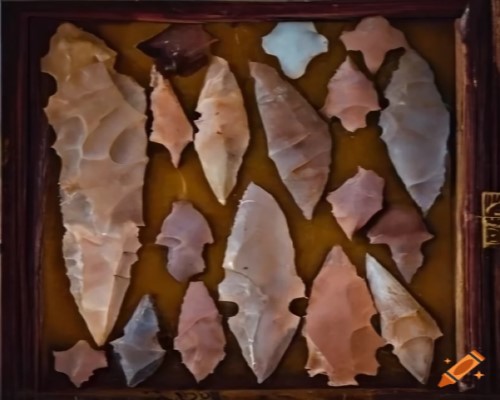
Shape
by blackswift.space / Design / 1The Orbiters were derived from the Blackswift SST airliners, and their design, except for the Aurora SV3 and the DragonFly SV4, is that of delta wing shaped aircrafts, with turbospikes and aerospikes for propulsion.
Back to Top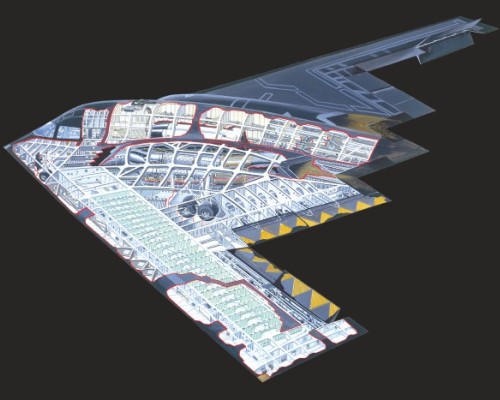
Airframe
by blackswift.space / Design / 2Their airframe is made of Titanium alloy, meld-welded as monobody truss structures. Tessellated structures wrap around some sections of the aircraft, with frames, longerons, and stringers, as rivet points.
Back to Top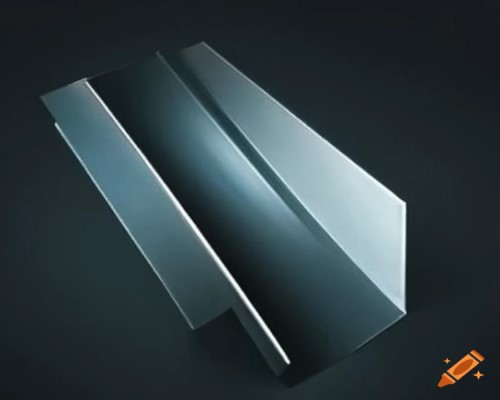
Aeroshell
by blackswift.space / Design / 16Their aeroshell is made of Boron carbide (B4C) covered Titanium panels. The most heat-prone sections of the Orbiters, such as the nose cone, have thicker layers of B4C, Carbon foam, and Tantalum Hafnium carbide.
Back to Top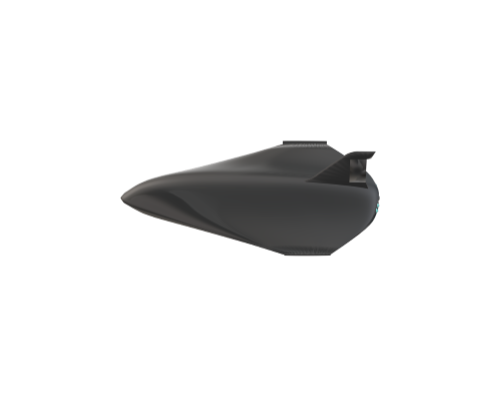
Fuselage
by blackswift.space / Design / 3All Orbiters's overall fuselage shape is curvilinear and tapered towards the rear. Most adopt a body-wing or extended width design for their fuselage. Most have a cargo bay and standard cargo bay doors.
Back to Top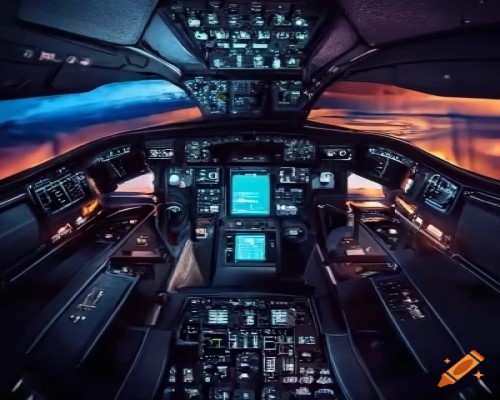
Cockpit
by blackswift.space / Design / 4Cockpit windows are replaced by wrap around OLED screens with 3D effects (patent pending), displaying stereoscopic images at 50+ FPS. Their removal nullifies the likelihood of broken windshields due to MMODs, and simplifies the aircraft's structure.
Back to Top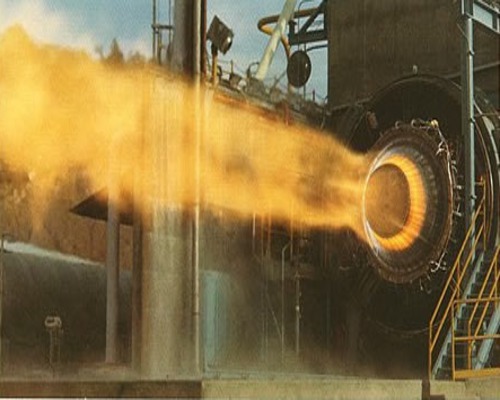
Propulsion
by blackswift.space / Design / 4Propulsion is provided by aero-spikes and turbo-spikes (Rocket assisted Dual-mode Ramjet). The turbospikes or ram-spikes operate up to 50 to 75 kilometers in altitude, before the main spike(s) kick-in for added thrust beyond 75KM.
Back to Top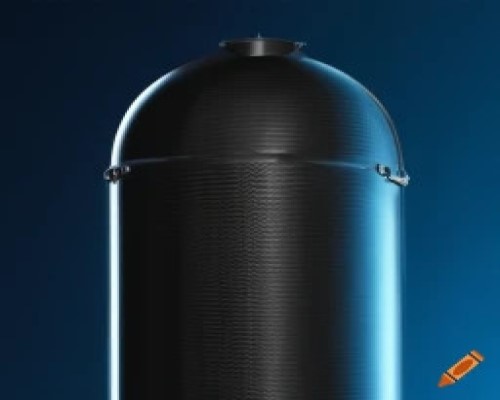
Fuel Tanks
by blackswift.space / Design / 8Propellant mix is Ethanol and Liquid Hydrogen (LH2) with Liquid Oxygen (LOX) or Nitrous Oxide (N2O). The LH2 and LOX tanks are made of Titanium or carbon fiber. The Ethanol tanks are built as integral parts of the body-wing fuselage and wings.
Back to Top
Landing Gear
by blackswift.space / Design / 9The landing gear consists of bogies with Space Shuttle like tires, and must be able to handle the Orbiters's respective Maximum Take-Off Weight (MTOW). The tires are puncture and fire proof, with chines added to the rims for added protection.
Back to Top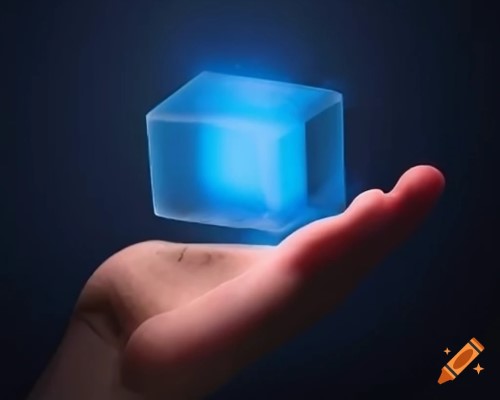
Foam & Coatings
by blackswift.space / Design / 5The fuselage, battery casings, and electrical conduits are filled with silica or carbon foam or aerogel, which are also used for sound and thermal proofing. Memory shape foam is used for furniture, and seat paddings. Carbon foam is used around the engines for thermal protection.
Back to Top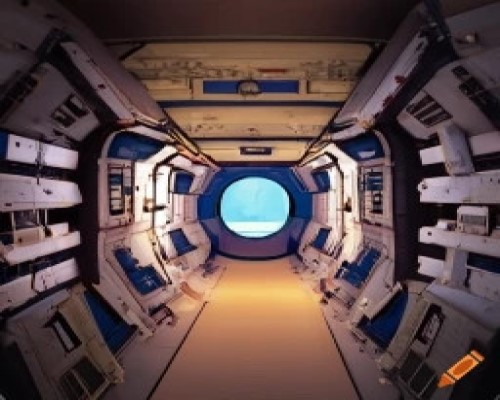
Interior
by blackswift.space / Design / 10The interior is made of aerogel blocks wrapped by thin Carbon fiber, PAI, or UHMWPE panels. The liquid-proof cockpit console is made of touch panels and touch sensitive buttons. The race car like seats are made of Aluminium alloy, and may rotate on circular sliders.
Back to Top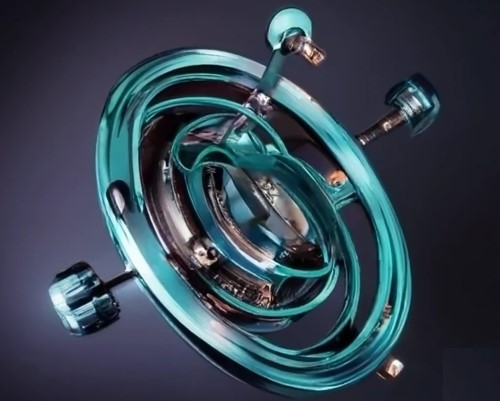
Gyros
by blackswift.space / Design / 1All orbiters are designed for HyperGlide™©® after the heat zone of re-entry. The Orbiters's avionics use Control Moment Gyros (CMGs) to maneuver (roll, pitch, and yaw) the aircraft, and a Rate Gyro Assembly (RGA) located aft, for additional telemetry data.
Back to Top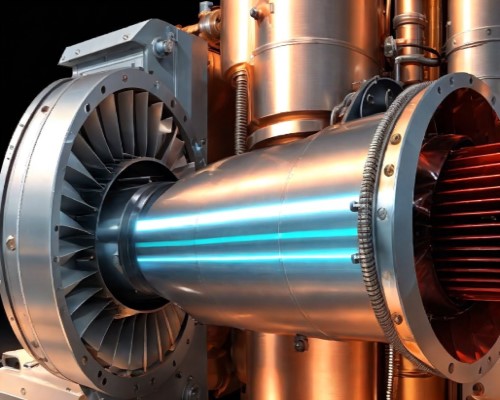
Power Generators
by blackswift.space / Design / 13Fuel-cell stacks provide electrical power. Gas turbines (Hydrazine, Ethanol, etc.) are used either as main or backup power sources. Our MIPE-PPM generators may be the main power source in all Orbiters. The use of bio-chemical and thermo-reactors may also be an option.
Back to Top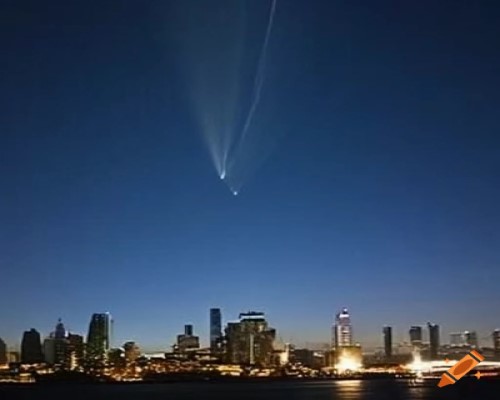
Re-entry
by blackswift.space / Design / 8Titanium alloy is used for both the Orbiters's frame and its aeroshell. Their aeroshell gets a layer of carbide, along with layer of Carbon foam and VHT paint. Some Orbiters may use head-first (Dragon-Lizard) re-entry with a conical magnetic umbrella, or a deployable, expandable heat shield umbrella.
Back to Top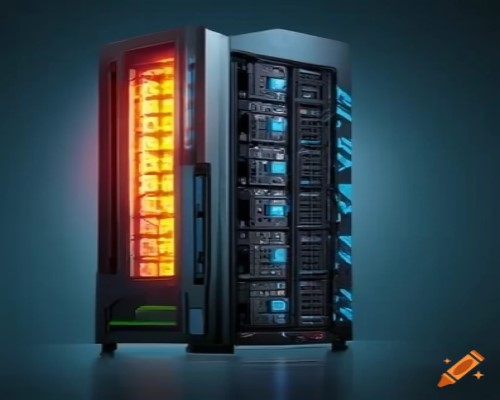
Thermal Control
by blackswift.space / Design / 5A Helium/Nitrogen cryo-cooling system helps in the active control of the thermal level of the Orbiters. Chilled Nitrogen gas pumped into cooling channels, below the Titanium layer of the aeroshell, helps maintain a manageable temperature, along with a heat-exchanger, even during the re-entry phase.
Back to Top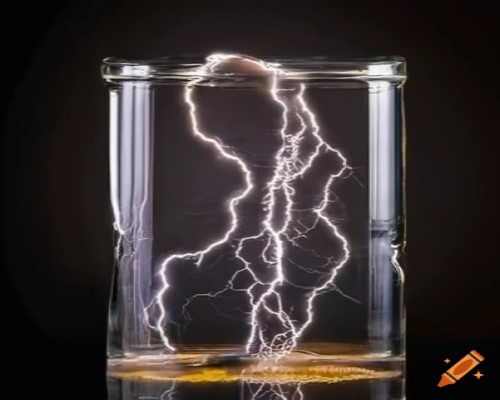
Ignition
by blackswift.space / Design / 8The ignition sequence for take-off is modeled after a computer booting sequence. The system states are displayed on the cockpit screen to both pilot and commander. Green means nominal, yellow for warning, orange for must check, and red for critical. Actual ignition is performed with Tesla coils.
Back to Top
SSTO Capability
by blackswift.space / Design / 5The Orbiters come in several configurations, (Kestrel, Marlin, Aurora, and DragonFly). Said configurations, in turn, come in many lengths; from the shortest, at around 12 meters, to the longest, at around 61 meters. All versions of the Orbiters are SSTO space planes, and able to reach Low Earth Orbit.
Back to TopInvestors welcome !
For more information